There was something oddly comforting about a trip to the grocery store back in the ’60s and ’70s. Whether you went with your folks or ran errands on your own, the store was filled with routines and rituals that simply don’t exist anymore. From the friendly faces who packed your bags to the clunky machines that rang up your items, it all had a slower, more personal rhythm. Let’s take a walk down those wide linoleum aisles and revisit the grocery store practices that have quietly disappeared.
1. Grocery Store Butchers Who Knew You by Name

Back then, the meat counter wasn’t just a display—it was a social stop. The butcher wore a crisp white apron, knew your favorite cut, and didn’t mind slicing it just the way you liked. You could chat about dinner plans, ask for cooking tips, or even request bones for the dog. Tasting Table dives further into some standard practices that define the butcher to this day.
These days, many meat sections are pre-packaged and impersonal, with hardly a human in sight. The art of customized cuts and cheerful greetings has given way to barcoded plastic trays. That sense of familiarity and expertise has all but vanished, along with the squeaky roll of butcher paper.
2. Green Stamps and Trading Stamp Books
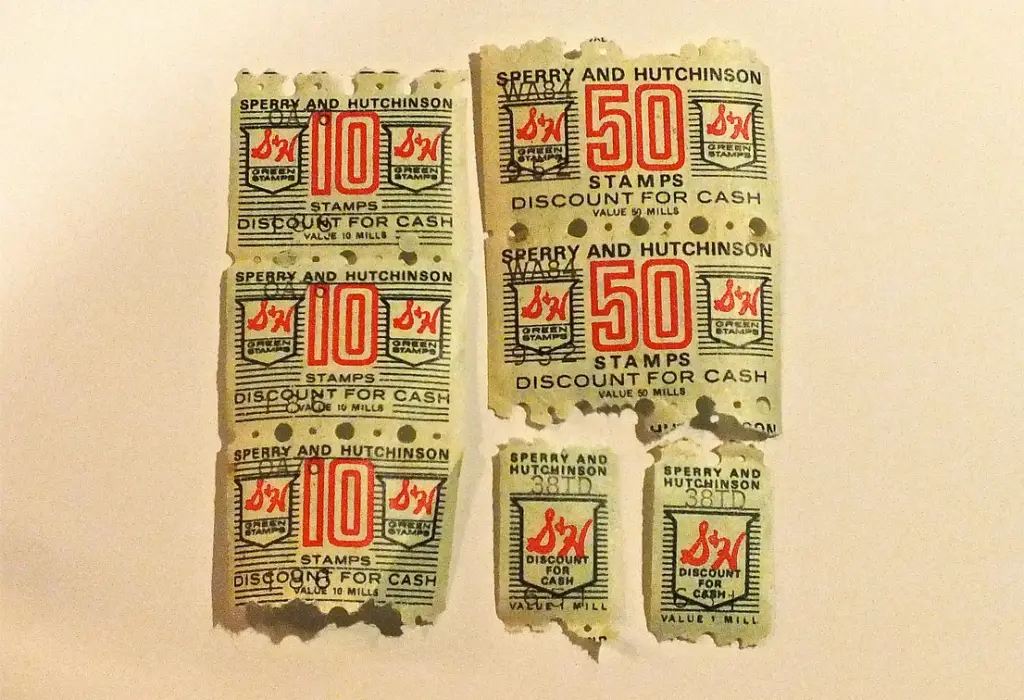
It felt like a little bonus every time you got your stamps at checkout—one more reason to tag along with Mom. S&H Green Stamps and similar brands let you collect and paste stamps into a book, eventually trading them for everything from toasters to bicycles. It was a reward system that made everyday shopping feel just a bit more special. Antique Trader gives further context on just how influential these stamps were, driving consumers to save and save page by page.
You’d sit at the kitchen table with a sponge or your tongue, carefully pasting them in, page by page. Families saved them for months, sometimes years, eyeing the prize catalog like it was a wish book. Today’s loyalty apps may offer discounts, but they lack the tactile fun and anticipation of those stamp books.
3. Manual Cash Registers That Made a Satisfying “Cha-Ching”
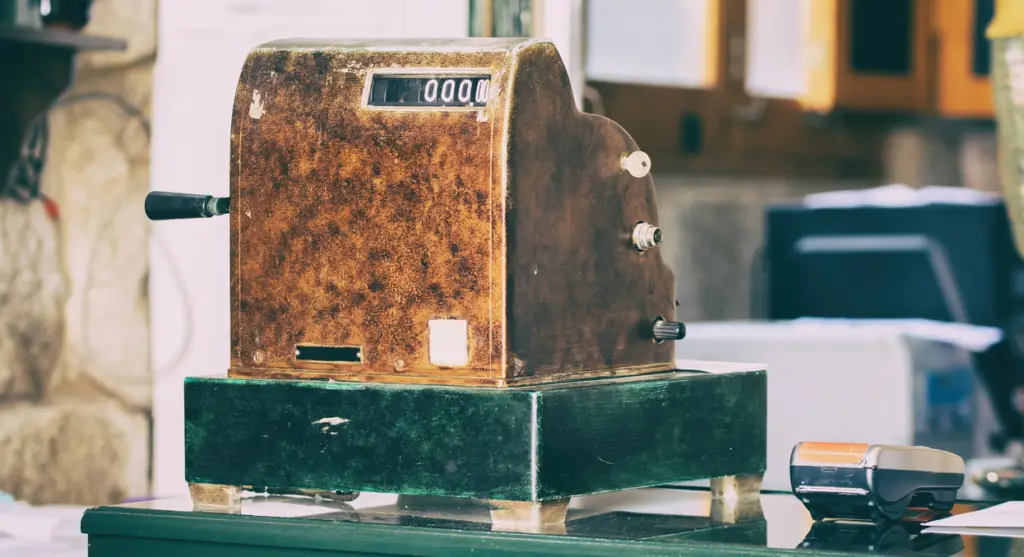
Before scanners and touchscreens, cashiers tapped out prices with practiced speed on bulky, mechanical registers. Each button had a solid clunk to it, and the final total came with a satisfying “cha-ching” as the drawer sprang open. It was a rhythm you could hear all the way down the cereal aisle. Loyverse checks out the prolonged history of these ornate technological marvels and the incredible sounds they make.
These registers required real skill—cashiers memorized prices and did math on the fly. Mistakes meant starting over, not just deleting a digital entry. Today’s beep-and-go machines may be faster, but they sure don’t have that old-school charm.
4. Friendly Bag Boys Who Took Groceries to Your Car

A grocery trip in the ’60s or ’70s often ended with a clean-cut young bagger walking you to your car. It didn’t matter if it was raining or sunny—helping you load your groceries was just part of the job. They’d pack the paper bags carefully, carry them out with a smile, and even return the cart.
This was a common courtesy, and you never had to ask. These days, you’re lucky if someone makes eye contact, let alone carries your bags out. The personal touch has given way to self-checkout lines and do-it-yourself bagging stations.
5. Weekly In-Store Tastings and Demos with a Local Touch
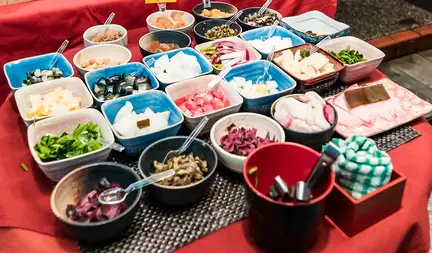
Grocery stores used to host local tastings regularly, often featuring homemade goodies or regional treats. You might get a warm slice of bread with fresh jam, or see someone cooking up samples on a hot plate near the endcaps. It was a real chance to connect with local vendors or get inspired for dinner.
Today’s sampling stations are few and far between, mostly limited to big-box stores and special weekends. The intimate feel of chatting with the person who made the product is largely gone. Back then, it felt like a community event—now it’s more about efficiency than experience.
6. Glass Milk Bottles and Direct Dairy Deliveries
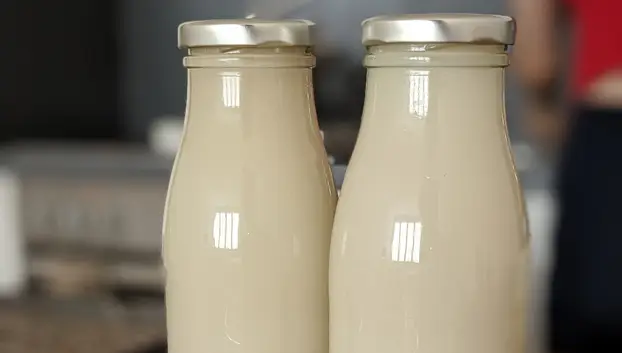
While technically outside the grocery store, it was common for grocers to partner with dairies offering glass-bottle delivery or pickup options. Stores had return bins right by the entrance where you’d drop your empty bottles before heading inside. The clink of glass was a familiar sound of responsible re-use and homey charm.
Even if you didn’t get delivery, grabbing a cold bottle of milk with the cream floating on top was just part of the routine. Today, it’s all plastic jugs and expiration dates. The tactile experience of returning bottles and seeing the same delivery man each week has gone the way of the dodo.
7. In-House Bakeries That Smelled Like Heaven
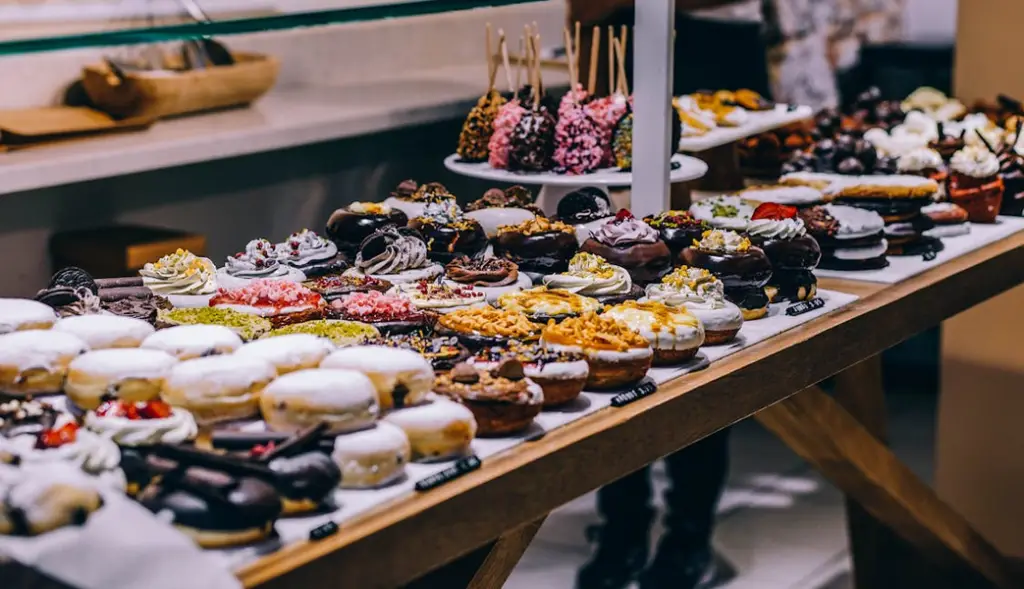
The in-store bakeries of the past weren’t just selling premade loaves shipped in on trucks—they were baking right there in the store. You could smell the fresh bread, rolls, and donuts the second you walked in. It was enough to make anyone detour from the shopping list.
Some stores even let kids take home a free cookie or watch the bakers work through a big glass window. These days, much of the bread comes frozen or par-baked, losing that warm, yeasty authenticity. Nothing says “welcome” quite like the scent of rising dough—something modern stores just can’t replicate.
8. Cigarette Vending Machines and Ashtrays at the Entrance

Believe it or not, grocery stores once had vending machines selling cigarettes near the front doors. Smokers could also find standing ashtrays at the entrance, and some even lit up before grabbing a cart. It was completely normal, and no one batted an eye.
That era feels light-years away now, with smoking restrictions and health concerns leading the charge. Ashtrays are gone, and tobacco products are either behind locked glass or gone entirely from some stores. It’s a major cultural shift—one that reflects just how much shopping norms have changed.
9. Free Paper Bags with Handles (and No Plastic in Sight)

Back when everything from apples to canned goods went into sturdy paper bags, you didn’t think twice about bag quality. The paper bags had reinforced bottoms and often came with string handles, especially in fancier stores. Double-bagging was rare because those bags were built to last the ride home.
Plastic hadn’t yet taken over, and there was no debate about sustainability—it was just how things were done. You might even reuse the bags to cover your school books or line trash cans. These days, reusable bags are a thing, but the simple reliability of those thick paper sacks is fondly remembered.
10. Grocery Clerks Who Actually Knew Product Locations
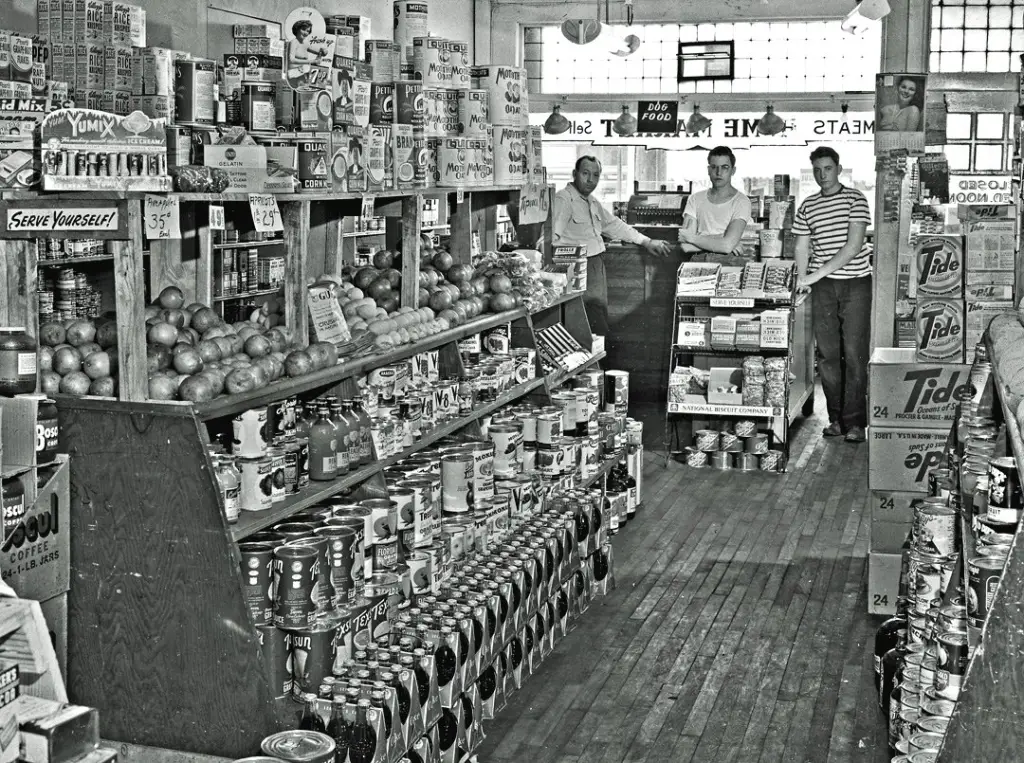
Ask a clerk in the ’60s where to find the cornmeal, and they wouldn’t blink—they’d walk you right to it. Staff were trained to know the layout of the store like the back of their hand. There was pride in helping customers, not just pointing toward aisle numbers.
This level of service made shopping smoother and friendlier. Nowadays, it’s not uncommon to get a shrug or a “check aisle 9.” That kind of knowledgeable assistance has largely disappeared, replaced by apps and self-guided wandering.
Grocery shopping used to feel more like a neighborhood experience and less like a timed obstacle course. It wasn’t just about getting food—it was about conversation, relationships, and that little spark of community in everyday errands. While it’s true that progress has made some things faster, there’s a lot we lost along the way. Here’s to the grocery store memories that still linger, long after the “cha-ching” of those old registers faded away.


